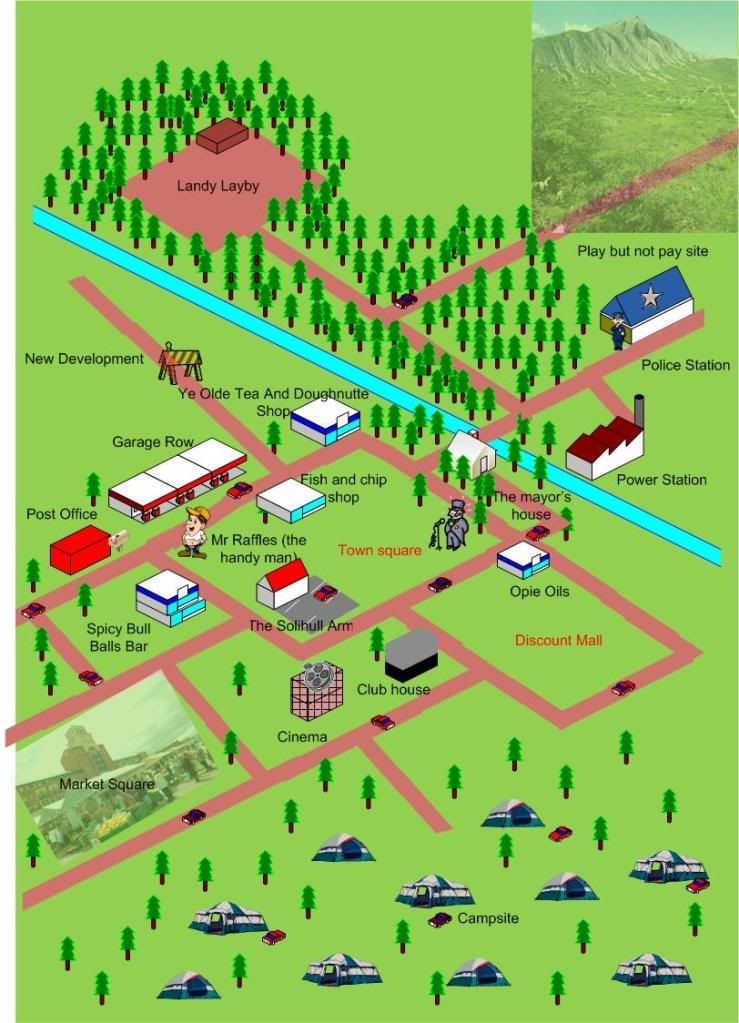Originally published in Multifamily Technology
Some experiences in life can turn your bad mood into good. A love note from your spouse or a smile and kiss from your kids. There are other things, like learning about Internet Protocol any version, that do just the opposite. This topic is crucial to understanding where the internet is headed. The internet has to transform over the next few years or it risks not working at all.
There’s lots of geeky language in here. To help ease your pain I’ll be slapping up these icons ![]() to let you know when the geekery is about to get pretty deep. Feel free to skip that section, look it up for more information, or stab yourself in the eye with your pen.
to let you know when the geekery is about to get pretty deep. Feel free to skip that section, look it up for more information, or stab yourself in the eye with your pen.
What is Internet Protocol? Does it have anything to do with Facebook?
The internet as you use it today relies on a method of communication called Internet Protocol v4. No matter the device you use, this protocol is getting you online.  Let me give you an example: let’s just assume that the internet is a made up town in America. Every house in this town has its own unique address. That’s no different from real life right? It would be pretty confusing to the USPS if people in the same town had the same address. How could you get your mail delivered? You’d end up with a brown bag covered magazine and someone else would have your AARP membership card. Chaos.
Let me give you an example: let’s just assume that the internet is a made up town in America. Every house in this town has its own unique address. That’s no different from real life right? It would be pretty confusing to the USPS if people in the same town had the same address. How could you get your mail delivered? You’d end up with a brown bag covered magazine and someone else would have your AARP membership card. Chaos.
Next, think about how you’d get to someone’s house in this town. You write down their address, look up the directions on Google Maps, and find out the route to take to get there. When you type http://www.google.com into a web browser, Internet Protocol needs to look up the address too. It accomplishes this look up using Domain Name System. Once it finds out the route to get there it then “drives” your packet of data to the destination FAST.
So every device that wants to use this Internet Protocol thingy needs a unique address?
Yup. In some form or another. (I’ll explain that sentence in a minute) Unlike my real world example where you’re just driving over to someone’s house, Internet Protocol is a two way street. Which means running over to Sally’s for a nooner would require her to then come back to your house. That won’t work. See once your packet of data has been given the correct address to go to… that packet needs to get home. It’s why the packets have to be able to find each other; hence why they must be unique. ![]() The IPv4 spec (Geeks love calling things spec) uses 32-bit addresses which limits you to only 4,294,967,296 possible unique addresses. That’s a ridiculous amount of addresses. Except there’s one problem; by the end of this year we’ll be out.
The IPv4 spec (Geeks love calling things spec) uses 32-bit addresses which limits you to only 4,294,967,296 possible unique addresses. That’s a ridiculous amount of addresses. Except there’s one problem; by the end of this year we’ll be out.

“Honey, put the Private sign on the hotel room door and come here.”
You might find this really crazy but we would’ve been out of addresses a long time ago except for one thing. Private addressing. I won’t pretend to know the makeup of your corporate offices but I’m willing to bet they use a private address scheme. Typically when computers are in the same building they will all communicate with each other. ![]() There’s no reason why they all need to have their own unique internet address and so under the Private address scheme they can share one.
There’s no reason why they all need to have their own unique internet address and so under the Private address scheme they can share one. ![]()
![]() Here are the 3 ranges of private addresses:
Here are the 3 ranges of private addresses:
Class A: 10.0.0.0 – 10.255.255.255
Class B: 172.16.0.0 – 172.31.255.255
Class C: 192.168.0.0 – 192.168.255.255
Hey you! Wake up! Stay with me now. You were sleeping pretty hard there. Bottom line is these IP’s are not routable; meaning internet routers will ignore devices that have these addresses. Because they aren’t routable on the INTERNET you can use them for private addresses. You can then have multiple devices all talk to each other and yet share only one internet IP address. Get it? Good…let’s move on.
So we need IPv6 because even with private addresses we’re STILL running out?
You’re a fast learner. Back in the mid 90’s IPv6 was chosen because some seriously smart Geeks saw the end of the internet. The new version gives you an absolutely ridiculous amount of addresses that you can use. ![]() It’s based on 128 bits vs 32 bits as IPv4 was. This means that we’ll have 340,282,366,920,938,463,463,374,607,431,768,211,456 available addresses. Yes… umm.. THAT number. I mean honestly I don’t even know how to say that. Just crazy. (It’s undecillion actually)
It’s based on 128 bits vs 32 bits as IPv4 was. This means that we’ll have 340,282,366,920,938,463,463,374,607,431,768,211,456 available addresses. Yes… umm.. THAT number. I mean honestly I don’t even know how to say that. Just crazy. (It’s undecillion actually)

So if IPv6 has been out since the late 90’s why aren’t we fully using it yet?
Well that’s the real question right there isn’t it? Remember… every device in existence today uses IPv4. Most routers are still using it, servers, workstations, internet lines… the entire backbone of the internet is still utilizing it. People don’t like downtime so how do you convert EVERYTHING to the new spec? For now IPv4 and IPv6 are working side by side. Remember that this is a software problem. Network cards and network switches could care less what spec you’re using but still how do you get every device to start speaking a different language and not mess stuff up?
Slow and steady wins the race
Over time everything will need to be converted. As Multifamily companies just trying to grasp the impact social media has on our business should we even shifting our attentions for this? Yes. Here are some things I think you should do to get ready:
- Find out if your IT staff is trained in IPv6. I’ve glossed over the complicated topics here but trust me when I tell you that reading the IPv6 specification on a full stomach is bad. If your IT staff doesn’t understand IPv4 then they aren’t really your IT staff but terrible imposters. Knowing IPv4 isn’t enough though. It will take some reading and research before they’re ready to take on IPv6. Before you just barge into the IT staff’s office to tell them about this make sure you call first… you don’t want to interrupt them playing World of Warcraft. Just sayin’.
- Is your network provider ready? Is your internet service IPv6 ready? It’s going to take some phone calls but before you can start using IPv6 on the internet you’ll need your internet to be IPv6. Wow talk about redundant.
- Is everyone running an IPv6 ready Operating System? Windows XP has had support since SP2 but it’s off by default. Windows Vista (CRAP!) and 7 have it on and ready by default. OS X has had support since version 10.4.8. How up to date are your operating systems and if not what will it take to get them there?
- What about your actual applications? Can they handle IPv6? This will require talking to your PM vendors as well as your web hosting vendor. Switching your network over only to find out you can’t run Yardi internally would be very very bad.
So there you have it. IPv6 is coming to an internet near you. No one is saying you need to switch tomorrow but plans should be in place to begin your transition. This new protocol isn’t going to rent you new apartments, it won’t turn your units faster, and it won’t keep your staff motivated but it will insure that everyone can access Facebook. Now what is more important than that?





